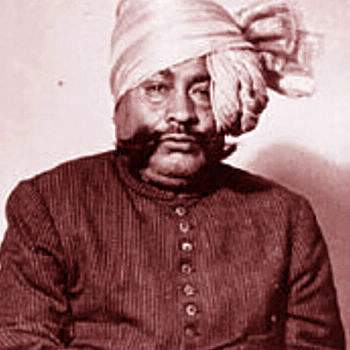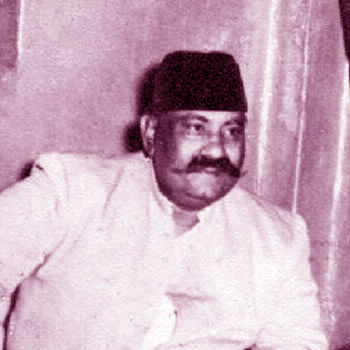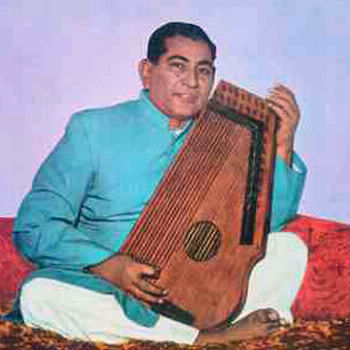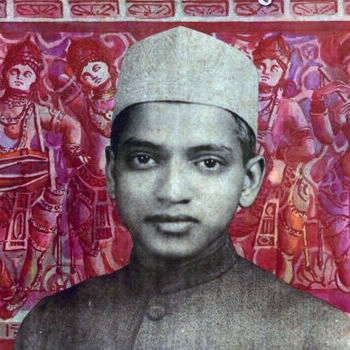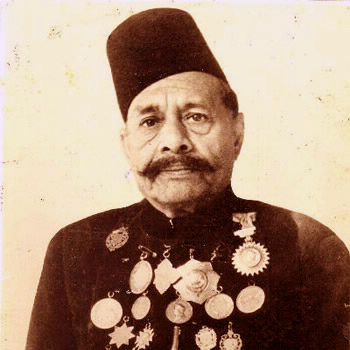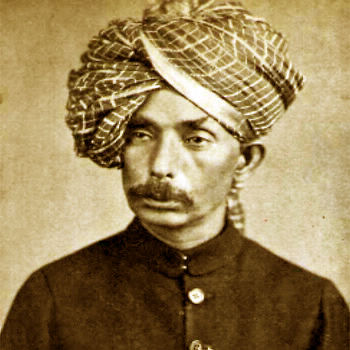
Khansahib Abdul Karim Khan
One of the most distinguished names in the annals of Indian music of all times is that of Khan Sahib Abdul Karim Khan who is considered by many as the doyen of Kirana Gharana. Khan Sahib’s style of singing gave a new clan to the history of Hindustani classical vocal music setting a novel trend and making fundamental departure from the styles of traditional singing in vogue during his time. The aesthetic virtues that embellished his ‘gayaki’ were all its own and the qualities of relaxed freedom, of serene reposeful movement of feeling and caressive approach had not been convinced visualized or presented before. And whatever the form- be it khayal, tarana, thumri, hori or bhajan, Abdul Karim Khan’s vocalism revealed these attributes in all their naiveté and charm. Added to his ‘gayaki’ were two more and equally trend-setting innovations the evolution of a style of thumri radically different from the orthodox, time-honored purab ang and the uncanny adaption of Carnatic ragas to Hindustani expression. The purab ang thumri in Khan Sahib’s voice shed its gossamer, erotic undertones and assumed instead the character of sad pensive and devote sublimation. The carnatic adaptations, on the other hand, emerged in their Hindustani garb with a new colour and sparkle-a new kind of fusion between the music of the south and north, a genius like Abdul Karim Khan could achieve.
Abdul Karim Khan was born in 1872 in a family of great musical tradition in Kirana-near Kurukheshtra in Punjab. He learnt sargams from his father Kalley Khan, dhrupad from Rahamat Khan, khayal in origin from his great guru late Ustad Bande Ali Khan (veenkar) and the Carnatic music during his stay in south India. He was proficient in playing Tasha, Sarengee and veena also.
Khan Sahib was engaged as a court-singer at Baroda but in the year 1898 he resigned and came down to Maharashtra. He settled down at Miraj near Kolhapur, which has since become a palace of pilgrimage of lovers of classical music.
The maestro died on the 27th October in 1937 leaving behind him a galaxy of artists who in their turn became famous and carried out the rich tradition of the glorious style of singing Notable among his pupils are Sawai Gandharva, Roshan Ara Begum, Behere Buva, Dasharath Buva Muley, Suresbabu Mane, and a host ot others. Trained according to the traditional ‘gurukul’ method, these disciples in their own turn created yet another generation of outstanding artists like Gangubai Hangal, Bhimsen Joshi, Manik Varma and Prabha Atre, to name but a few. In order to create a desire or love for classical music he started demonstrating in concerts to the public free of cost or with a very nominal fee.
